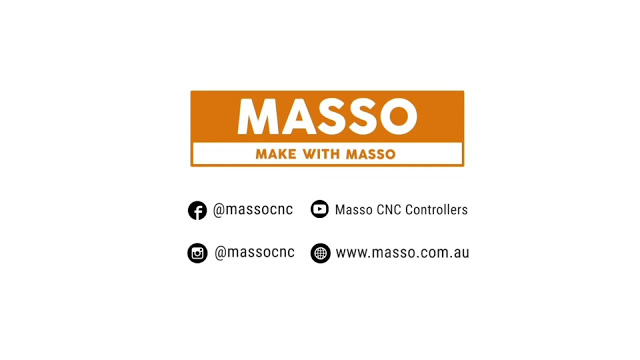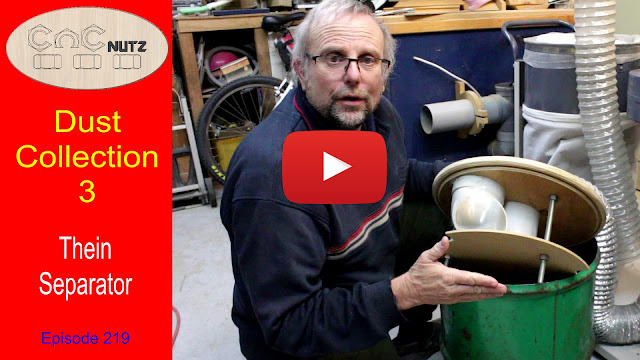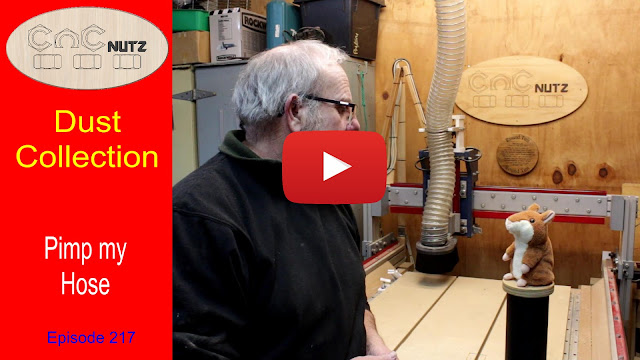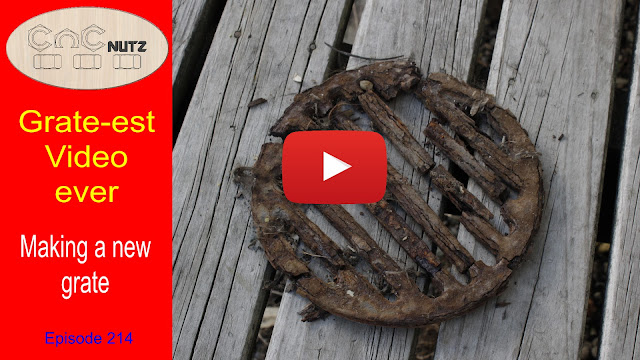Following on from the last video I explore further the problem of backlash on our CNC machines and how we can use backlash compensation to fix it. Before we start we first need to now what Backlash is and what causes it.
Put simply backlash is the effective loss of steps when an axis changes direction. These steps are used to take up the slack in the system before it starts moving in the opposite direction. These steps are not translated into movement in the axis so it doesn't travel the full distance. Backlash is non cumulative so will not increase as the cut progresses.

Measuring
To measure this we need a dial who's resolution matches or is better than the axis it is measuring.
Resolution = 1 / Steps per unit
X & Y axis
1mm / 75steps = 0.0133mm or 1" / 1908steps = 0.0005"
Z axis
1mm / 315steps = 0.0032mm or 1" / 8000 steps = 0.000125"
It is really important to have realistic expectations from Backlash compensation.
The best you can hope for from Backlash compensation is 1/2 a step.
Divide the calculated figure by 2 and if you get better than that then you are like me, lucky.
Measuring tools
For
this video I purchased a Digital Dial indicator. Up until now I have
borrowed an analogue one but for this I decided a digital display was
easier to read. I have put a link below showing the dial indicator I
purchased for this video.
Ebay
Affiliate Links. By using this link a small commission is paid to me at no additional cost to you. There are many such dial
indicators on the market. The seller who sold mine no longer stocks them but here are some similar ones.
Dial Indicator
https://ebay.to/2luWOAT
Magnetic Dial Base
https://ebay.to/2q3rQit
Macros For UCCNC and Mach3
Thanks
once again to John Revill for his work in making Macros for UCCNC and
sharing them with us. Over the last few weeks he has made and shared
several Macros that I am excited to be sharing with you soon. It is
thanks to his Backlash measuring Macro that I was able to easily measure
my Axis backlash and was inspired to try and replicate it in a Mach3 macro.
UCCNC Macro
http://bit.ly/2OFAJxd
Mach3 Macro
http://bit.ly/2PSXnP6
Backlash Gcode test file (See update below)
https://bit.ly/3qSOUOS
Installing the macros and running them is basically the same for both Mach3 and UCCNC.
It is surprising how similar these control systems are in their programming and us.
Just drag and drop the macro into the macro folder and Type M1040 into the MDI command line. If you find you already have a macro M1040 or want to call it something else just rename it as M followed by a number eg M666
So long as it isn't used for something else it should work for you.
The results
John sent me some photo's that illustrated the improvement he experienced by setting up Backlash compensation on his Stepcraft machine. The Laser really shows the backlash and I can see how this will make using the laser much better in the future.
Before Compensation applied
After Compensation applied
You can see the lines are now aligned correctly compared to the before shot where there is a definite comb effect
How noticeable the effect will be in normal machining I don't know but I envisage it may show improvement in VCarve and PhotoVcarve machining where a fine cutter is used.
Final Thoughts
I have been using my machine for many years without thinking about backlash and I hadn't really noticed an issue. If John hadn't sent me the Macro I wouldn't have givenbacklasha 2nd thought but I'm glad I did.
It makes sense if you have a dial, to spend a little time and check each axis to see how much backlash you have and if you have a problem. Even if the dial you have doesn't have the needed resolution it will still show a major problem on an axis and may also allow you to get most backlash under control. The advantage of a lower resolution dial is it is easier to get those readings looking really good.
Cheers
Peter
Update:
For those who are not using Mach3 or UCCNC software and so cannot use the macro's provided, here is some Gcode that you can use instead. It will provide all of the required movements to allow you to measure the Backlash on your machine.
Use the comments in the Gcode file to know when to
Backlash Gcode test file
https://bit.ly/3qSOUOS
Cheers
Peter

























